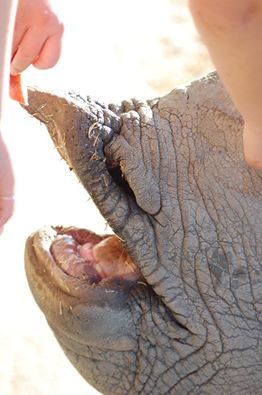“My boy. My beautiful boy.”
It’s the last line from Naima Coster’s novel, What’s Mine and Yours. It’s a line full of angst and irony, a mother deeply and inexorably in love with her adult son, who has made a complete mess of his life and relationships.
First, this book is simply fantastic! But beyond the exquisite storytelling and wonderfully interwoven histories of the complex and deeply frustrating (i.e., human!) characters, there are critical themes that need to be examined, including long-standing racism, misogyny, homophobia and religious justification of any number of entrenched problems, as well as the role of trauma that crosses communities, continents, generations and economic strata. Trauma, in fact, becomes an insidious “great leveler”, and without becoming a “spoiler” – I want to muse just briefly on this beautifully illustrated and frighteningly common human reality.
“…visiting the iniquities of the fathers on the children, and the children’s children, to the third and fourth generation.”
A client recently told me, “Man! We [humans] really seem to be great at screwing each other up, don’t we?” It was a reference to the way interpersonal trauma just seems to spread out and take hold worse than crabgrass. The quote above (Exodus 34:7) presents a theme that comes up at least 6 times referring to God in the Torah and Prophets, and without claiming to be an authority on ancient religious texts, I will say that it’s true that the human capacity to mess one another up seems boundless. This client was expressing a sense of dismay, that in the midst of their own process of healing, they discovered so many incidents in their extended family history of major abuse, violent mistreatment and enslavement. What is a person to do with that kind of realization?
“The greatest sources of our suffering are the lies we tell ourselves.”
― The Body Keeps the Score: Brain, Mind, and Body in the Healing of Trauma
The greatest lie I’ve encountered in four decades of ministry, social work and mental health work is that which embeds itself in trauma survivors – “I’ll never really be able to heal, not fully.” Loss of perceived value, choice, efficacy, and hope are all too common after-effects of trauma. So, what are we do do with this?
“Our capacity to destroy one another is matched by our capacity to heal one another.” ― The Body Keeps the Score
Simple – seek effective healing, pass on that healing, tell people about the possibility of healing. As devastating as the degradation that is caused by tragedy and mistreatment may be, even more amazing to me is the actual ease whereby those effects can be reversed. I love seeing the astonishment in someone’s face, or the incredulity in the voice of a person who, after brief EMDR treatment, says something like, “What did you do? I don’t feel bothered at all anymore!” (Or as my favorite quote went – disclaimer, not my words! – “Damn! This shit works!”)
More to come in future posts on this theme. For now, let me paint just the broad strokes of a different picture for you, where in the face of monstrous tragedies – massive weather shifts threatening animal and human habitats and economies, global events, such as the current COVID-19 pandemic, a seeming infectious spread of xenophobic hostility and fear – we can imagine equally infectious and monumental efforts to experience and spread hope. We need to focus on the creation of communities whose absolute commitment is to build resilience in one another, and to pass that resilience and confidence on to our children. When I can heal, and I’m astonished, the news of this capacity spreads. When I can facilitate healing in others, the news spreads faster. Whole communities convinced of the possibility and necessity of resilience can change the world, and the future.
“As long as we feel safely held in the hearts and minds of the people who love us, we will climb mountains and cross deserts and stay up all night to finish projects.” ― The Body Keeps the Score
-Tim
Barnes and Noble Link (Note: When possible, I am including links to books discussed in my blog posts, via the Barnes and Noble website. This is merely an attempt to support a bookshop that has maintained a physical “brick & mortar” presence in a time when actual bookshops are becoming fewer and fewer. This does not represent any form of official endorsement or guarantee of availability/pricing listed.)

 Here’s one of my best memories – feeding apples to Greater One-Horned Rhinos at the
Here’s one of my best memories – feeding apples to Greater One-Horned Rhinos at the